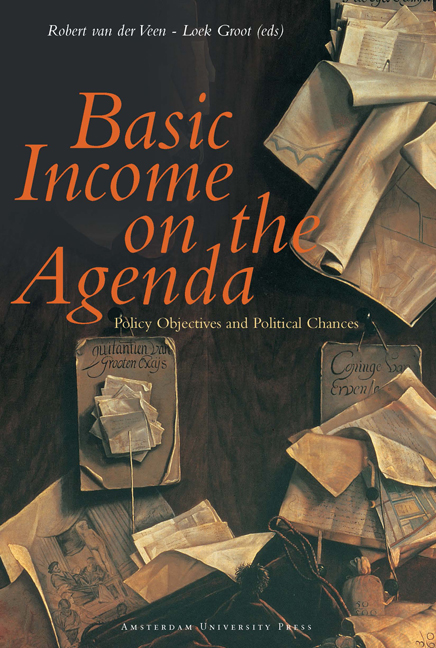In Search of the Double-Edged Sword
Published online by Cambridge University Press: 23 January 2021
Summary
As is well-known, the United States and continental Europe have shown a remarkable divergence in socio-economic development the last 15 to 20 years (e.g. OECD, 1994c; Nickell, 1997). On the one hand, unemployment rates in the United States have remained quite low, at about the same level as in the 1960s and 1970s, while income disparities have risen sharply and poverty has increased. On the other hand, in most continental European countries unemployment levels mounted in the first half of the 1980s during a deep economic recession, fell only slightly in the second half of the 1980s and rose again in the first half of the 1990s, only to decrease recently. But income inequality either remained stable or increased only moderately while the poverty rate also showed no marked increase.This diverging development seems to be a perfect illustration of the famous (or should one say, notorious?) ‘trade-off between equality and efficiency’ (cf. Okun, 1975). Or, to put it in plain English, you can't have your cake and eat it. Each country seems to be faced with a choice between either a low unemployment rate and a high poverty rate, or a high unemployment rate and a low poverty rate. The former outcome can be attained by a (neo-)liberal free market policy, combining low tax rates with a residual and harsh welfare state, the latter by a Keynesian policy of extensive market regulations, a generous but lax welfare state and high tax rates.
If this trade-off between efficiency and equality is some kind of ‘natural’ (or economic) law, as many seem to believe, the only option is to move along a downward sloping transformation curve of efficiency and equality. This means that one has to pay for every small reduction of the unemployment rate by an increase in the poverty rate, and vice versa (see Figure 1). The position of different countries on this curve would then simply be a matter of social preferences instead of inferior or superior economic performance. However, it seems that both Americans, who worry about their high poverty rate, and Europeans, who are concerned by their massive unemployment, believe it is possible to improve their performance by either reducing poverty without simultaneously increasing unemployment, or reducing unemployment without increasing poverty. That is, they attempt to shift the trade-off curve inwards instead of moving along the curve
- Type
- Chapter
- Information
- Basic Income on the AgendaPolicy Objectives and Political Chances, pp. 41 - 52Publisher: Amsterdam University PressPrint publication year: 2000



